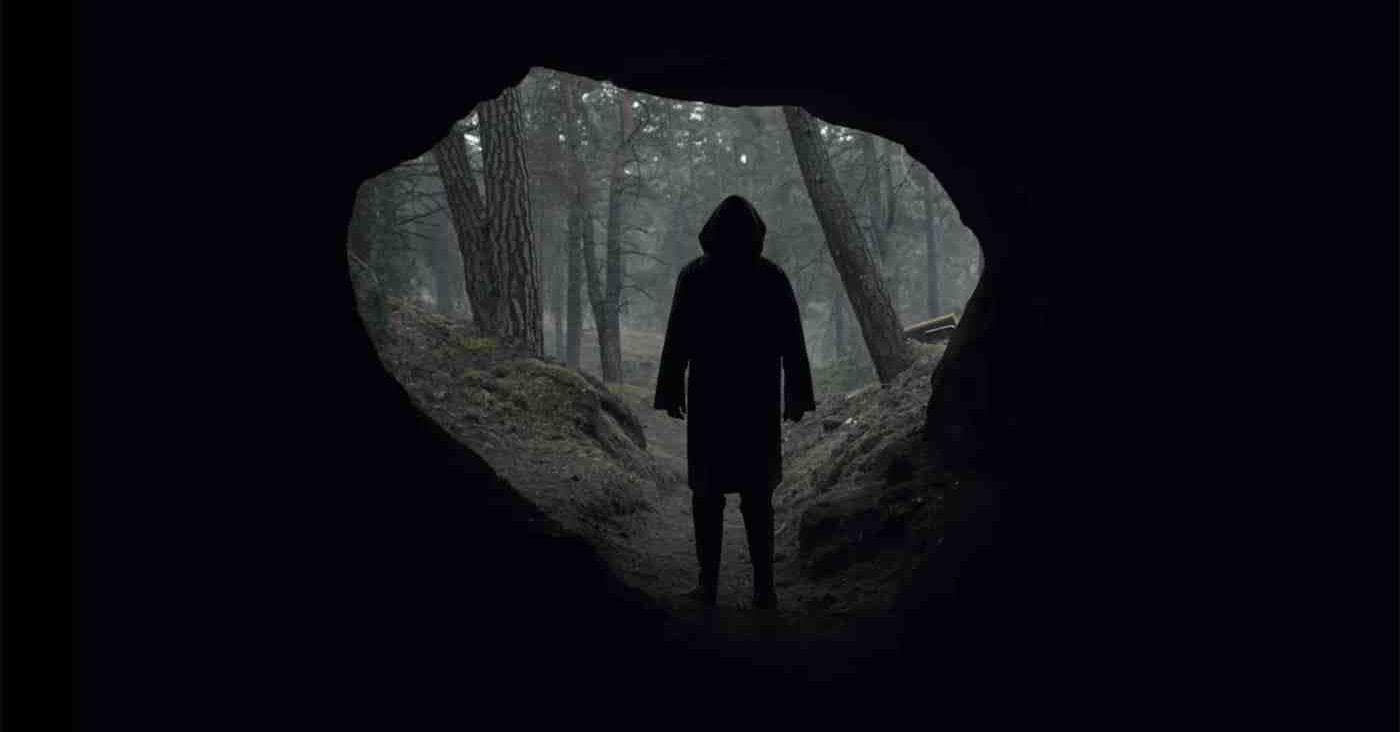
Families have kept these specials sacred, despite the controversy surrounding A Charlie Brown Christmas. The specials have had success in the past, and have been highly rated. They have lost some of their appeal.
Television specials were originally broadcast live to an audience, but that type of audience soon disappeared in favor of canned laughter. This was acceptable for scripted shows, but it was not suitable for musical stars. Christmas specials gained popularity during the Sixties & Seventies. This was the golden period of Christmas television shows. There were many sitcoms produced at this time, including Mary Bob, Bob and The Clampetts. The Seventies also saw the rise of cable TV. It also meant that broadcasts were being cut by the networks. This meant that the variety shows that used to air on these networks disappeared.
The Grinch is one iconic Christmas TV program. Chuck Jones directed the special, which is based upon Dr. Seuss’s book. The special modified the story from the book in order to be suitable for TV. The Grinch, a mean and evil character, is shown. Boris Karloff gives the character a voice. The Grinch sings "You're A Mean One, Mr. Grinch." The lyrics describe Grinch as being "tangled in knots" or "disgusting heap."

Another classic Christmas TV special is The Little Drummer Boy. Arthur Rankin, Jr. produced this animated special. The song inspired the special. The special was narrated by Greer Garson.
"Elf" is another great TV special. This animated special is another one produced by Rankin/Bass. This story is about lessons in acceptance, prejudice and love. AniMagic was used to create the animated special. It looked almost like Christmas decorations were coming to life. Also, the special was impressive due to its intricate worlds.
In 21 years, 17 Christmas specials were produced by the Rankin/Bass Studio. The studio provided a variety of animation styles, including stop motion animation. The studio also used AniMagic for their stories. They also used exterior photos to illustrate their stories. They also had "Santa's Workshop" which was where they would create these specials. It produced several popular Christmas specials. These included Santa Claus Is Comin' to Town, Rudolph the Red-Nosed Reindeer, and Frosty the Snowman.
In the 1970s, Rankin/Bass also produced a few animated specials. These include Santa Claus is Coming To Town, The Year Without a Santa Claus and Santa Claus Is Comin' to town. Some of these specials are now available in high definition. High definition versions of these specials can include newspaper clippings as well as flaws in the animation. Some of these classic TV specials are now available in a digital format, so that you can watch them again.

Rankin/Bass also created several stop-motion animated Christmas specials in the 1970s. These were classics and the animation in them are excellent.
FAQ
Is TV good for business?
Yes, TV works for businesses. Television allows businesses to reach more customers.
Signs are put up all over the town, for example, when you're selling your house. Advertising in local papers such as the newspaper and real estate section or the classifieds is also a good idea.
Online advertising is possible through social media sites such as Facebook and other websites.
With TV, you don’t need to worry about writing articles or putting up signs.
Instead, you just sit back and relax while someone else does all the work for you.
This way you can get the best results without spending a lot of money on marketing campaigns.
What is the most prominent TV commercial?
The most common commercials are for products that people need, such as food, clothing, household items, cars, etc.
Product placement is the most popular type of advertising. It involves selling products using real-life objects.
This could be anything from showing an actor wearing a shirt made by a company to show how comfortable it would be to wear to put a brand name on a car.
These ads do not appear on TV all the time. They appear in magazines and newspapers, billboards, radio, and other media.
Sponsorship, which is a type of advertising that involves companies sponsoring specific programs to promote their products, is another popular option.
This type of advertising works well because viewers already watch a particular program. A viewer may remember a logo of a particular company when he watches a television show. Sponsorships are especially effective for children's shows because kids tend to pay attention to logos.
Branding is the third form of advertising. To make themselves stand out, companies use branding. This can range from awarding celebrities with their name to making sure that everyone knows about your company.
For companies who want to be known, branding is crucial. To be well-known, you must create a memorable image.
Branding can take many forms. You can create a logo, have a spokesperson or use catchy music to brand your company.
One of the best ways to brand yourself is through music. People listen to music all day. People will start singing your songs if it is catchy.
You could get publicity for nothing if you do it!
How does TV Advertising work
Advertising via television is an effective way of reaching consumers. It is also very affordable. Commercial breaks are the most commonly used form of advertising on television. These usually last for 30 seconds but may be extended if the commercial is about a special event or sporting match. Commercials are often sponsored by companies who want to promote their products or services. They pay for these commercials. Some commercials show product information and others simply display images or music. In addition to this, many programs now have 'product placement' where brands appear within the program itself. A brand may appear in a scene to show how their product can be used or provide background information about the product.
Statistics
- To get estimated costs for airing a 60-second TV commercial in different regional markets, check out the following figures in this TV ad pricing chart from the media experts at Casual Precision. (fitsmallbusiness.com)
- This includes 97 percent of Gen X, and 95 percent of Millennials. (marketingevolution.com)
- Television is a great brand awareness tool - Almost every American has a television, with 83 percent of adults having two or more, and American households keep their televisions on for 8.1 hours each day on average. (marketingevolution.com)
- In fact, 76% of people completely skip the commercials while watching their programs. (qualitylogoproducts.com)
- Radio is extremely accessible – 95 percent of cars have radios, and 99 percent of homes have radios. (marketingevolution.com)
External Links
How To
How do I buy TV time?
It is important to have an idea for a show that people will want to watch. If you don’t then you don’t necessarily need to invest in airtime. You can always pitch ideas for local stations. They are often looking for original content.
If you find a station that is willing to air your request, be sure to research what they have done in the past. See if there is anything you could learn from the shows.
The next step is to make a script. It should be well-written, and properly structured. It doesn't matter how much time it takes to write, so long as the work is completed in a reasonable amount.
Finally, when you're satisfied with the script send it to the station. You can tell them about yourself, your motivations for making this show successful, and the format you would prefer.
You'll probably also need to provide references (like other shows they've produced) and examples of previous scripts you've written.
Once you get a response, you'll know if you've got a shot at getting the show aired. To get a response, contact someone who is directly involved in the show.